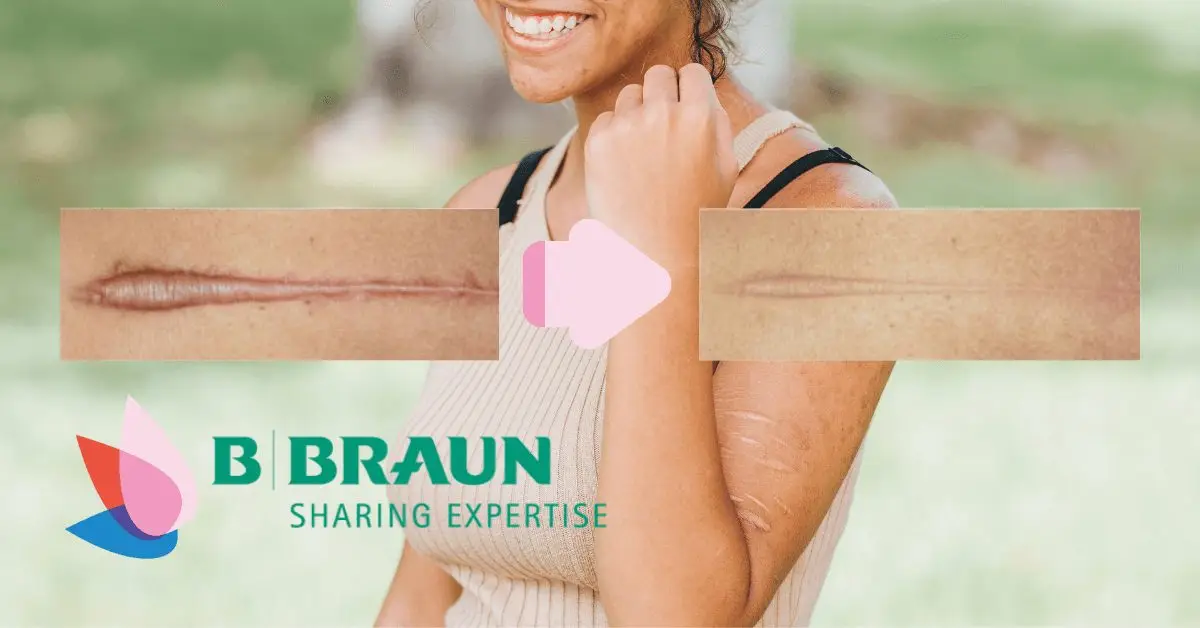Hypertrophic scars are not dangerous or painful, but for many people they are a cosmetic issue. Science continues to study them as the exact reason for their creation has not yet been found in order to eliminate them. However, there are a variety of treatments that can minimize their size and appearance.
If you are looking for a way to stop or get rid of a hypertrophic scar as quickly as possible, then look for silicone gel and sheets since the vast majority of studies show an improvement of 65% to 90%.
What is a hypertrophic scar?
Scar formation is not something we can avoid since it is an integral part of the wound healing process.
For a scar to form, damage must have occurred to the deeper layers of the skin, causing changes in both its structure and functionality. Thus , deep wounds lead to scars . The scar tissue that forms has significant differences in both quality and texture compared to the surrounding skin tissue in the area of the wound.
During the final stage of normal wound healing, our body produces and deposits collagen in the scar area. However, often, for reasons that science has not yet determined, there is an overproduction of collagen by fibroblasts and the scars formed become hypertrophic and can subsequently develop into keloids .
Features
- Hypertrophic scars are raised or protrude slightly (no more than 4 millimeters) above normal skin.
- They never exceed the limits of the original lesion, that is, they do not extend beyond the traumatic surface.
- They are usually skin-colored but sometimes they are slightly red or darker.
- They are asymptomatic, completely painless and are never accompanied by itching (itching).
- They rarely resolve over time without treatment.

What causes it?
In general, we cannot predict whether an injury will lead to a hypertrophic scar. However, what has been observed and all studies agree on is that the likelihood of developing a hypertrophic scar is greater in those who have experienced a hypertrophic scar in the past.
More specifically, genetic predisposition may play the most decisive role, since the fact that hypertrophic scars and keloids are 15 times more likely to appear in people with darker skin indicates genetic influences. They also occur more frequently in the female population. However, no gene has yet been identified that associates them.
Usually a hypertrophic scar forms after:
Although they can appear at any age, they tend to develop during and after puberty and are rare in young children and the elderly. This may be due to the skin of young people being more elastic than the skin of older people.
They have also been associated with endocrine factors as menopause causes regression of hypertrophic scars and keloids, while the complete opposite occurs during pregnancy.
If it is a postoperative scar , then the surgeon's skill also plays a very important role, since its volume and direction in relation to the skin shows that it sometimes favors the development of the postoperative scar into a hypertrophic one.
Of course, science continues to research the complete and thorough explanation of hypertrophic scars .


